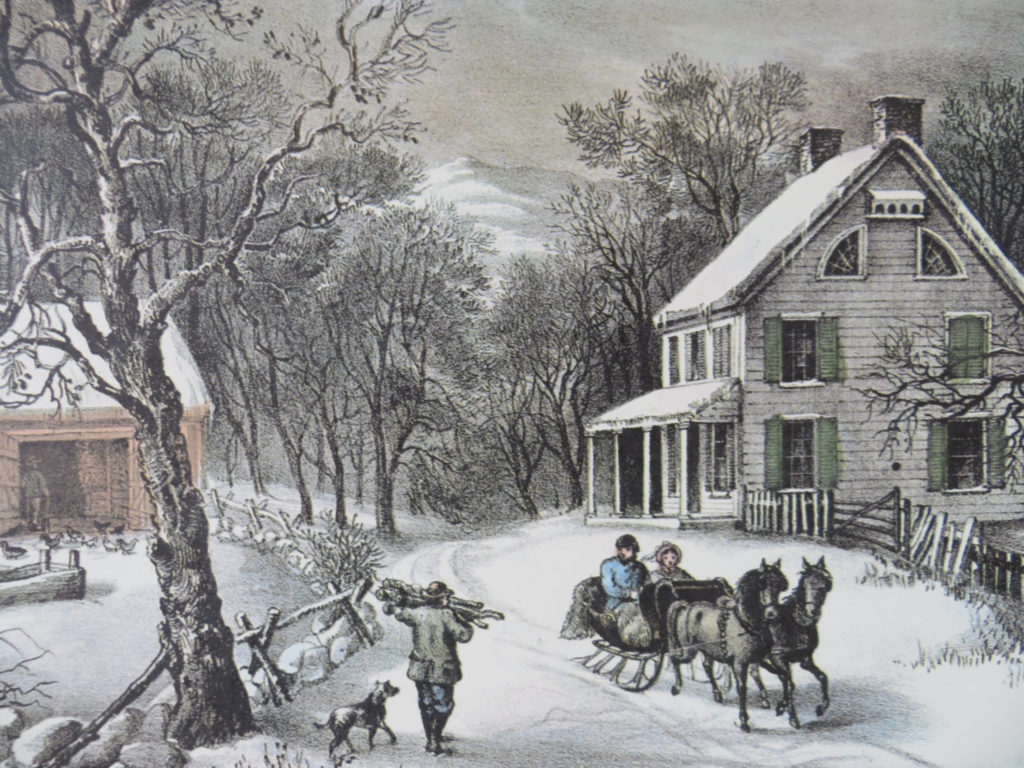I’m really excited to announce that my new book through REDFeather / Shiffer Publishing is now availableo! The Book is titled Sacred Actions: Living the Wheel of the Year Through Earth-Centered Sustainable Practices. I wanted to give you an introduction to the book and the concepts behind the book. If you’ve been reading the blog for any length of time, you’ll see a great deal of familiarity: my explorations and writing on this blog shaped this book, although the book goes well beyond the blog. In a nutshell, Sacred Actions presents a hybridization of nature spirituality, sustainable living, and permaculture practices and ethics. I can’t wait to introduce it to you in today’s post!
Order in the US or UK from the Publisher (available now). Pre-order from Amazon (US) or Amazon (UK). Pre-Order in Australia from Booktopia.
As I’ve written on this blog before…
View original post 1,358 more words









You must be logged in to post a comment.